Pueraria montana var. lobata
Pueraria montana var. lobata
1. The products in our compound library are selected from thousands of unique natural products; 2. It has the characteristics of diverse structure, diverse sources and wide coverage of activities; 3. Provide information on the activity of products from major journals, patents and research reports around the world, providing theoretical direction and research basis for further research and screening; 4. Free combination according to the type, source, target and disease of natural product; 5. The compound powder is placed in a covered tube and then discharged into a 10 x 10 cryostat; 6. Transport in ice pack or dry ice pack. Please store it at -20 °C as soon as possible after receiving the product, and use it as soon as possible after opening.
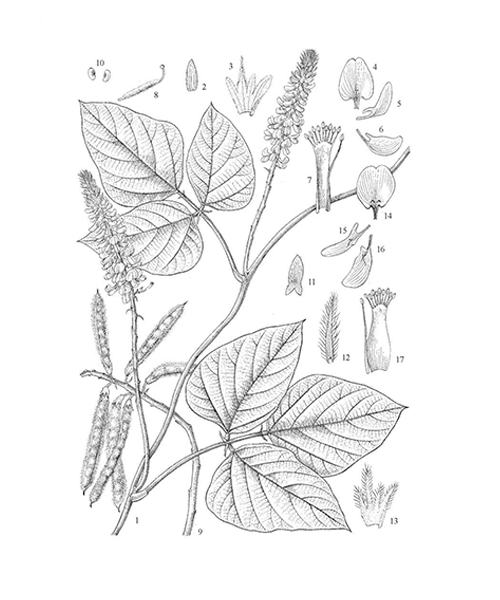
Natural products/compounds from Pueraria montana var. lobata
- Cat.No. Product Name CAS Number COA
-
BCN2783
Mirificin103654-50-8
Instructions
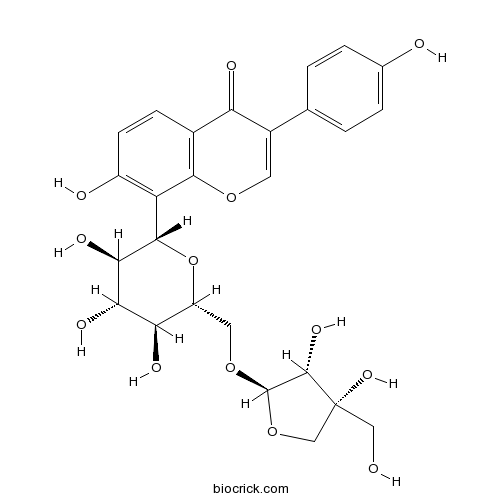
-
BCN2780
Puerarin 6''-O-xyloside114240-18-5
Instructions
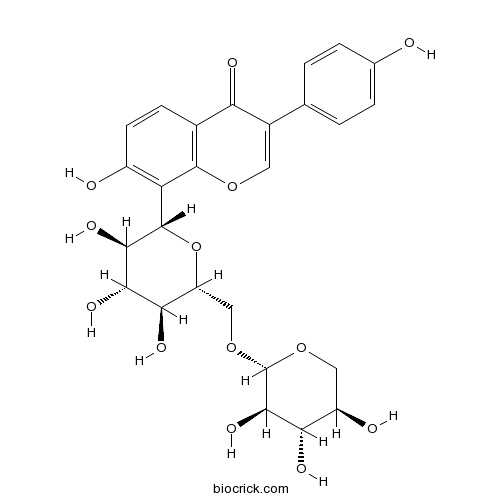
-
BCN2816
3'-Hydroxypuerarin117060-54-5
Instructions
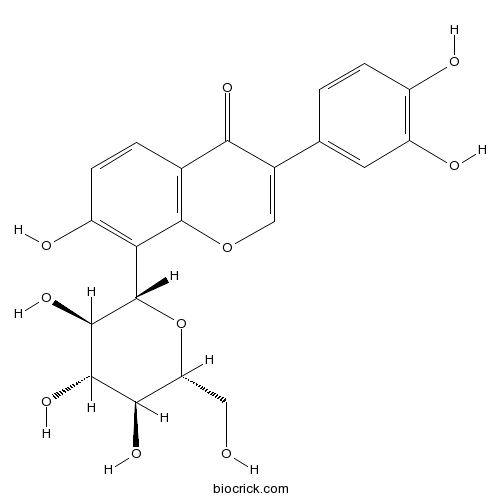
-
BCN2903
Tectorigenin 7-O-xylosylglucoside231288-19-0
Instructions

-
BCN5958
Puerarin3681-99-0
Instructions

-
BCN5895
Glycitin40246-10-4
Instructions
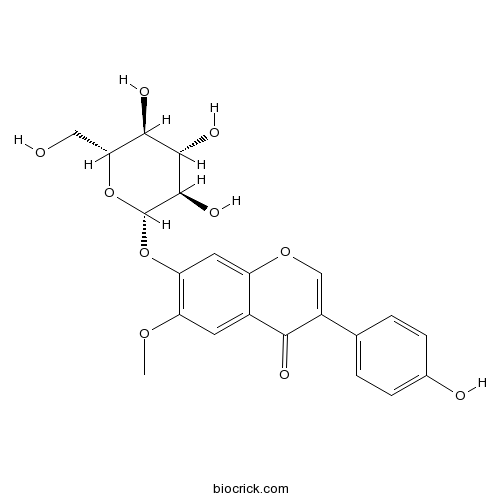
-
BCN5499
Genistein446-72-0
Instructions

-
BCN5564
alpha-Spinasterol481-18-5
Instructions
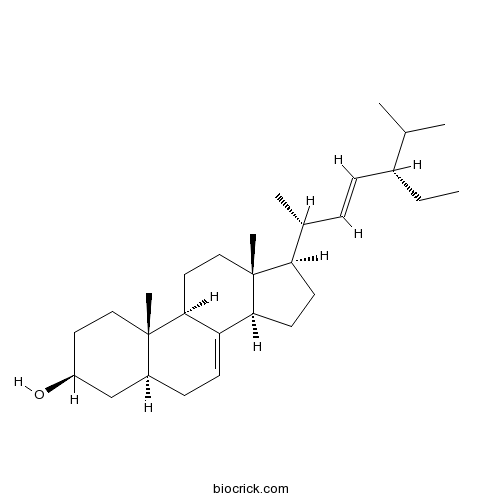
-
BCN1061
Formononetin485-72-3
Instructions

-
BCN5926
Ononin486-62-4
Instructions

-
BCN5590
Daidzein486-66-8
Instructions

-
BCN1224
Biochanin A491-80-5
Instructions
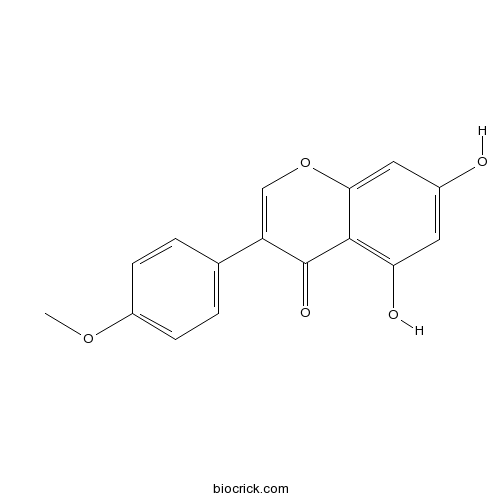
-
BCN2396
Genistin529-59-9
Instructions

-
BCN2707
7-Methoxycoumarin531-59-9
Instructions
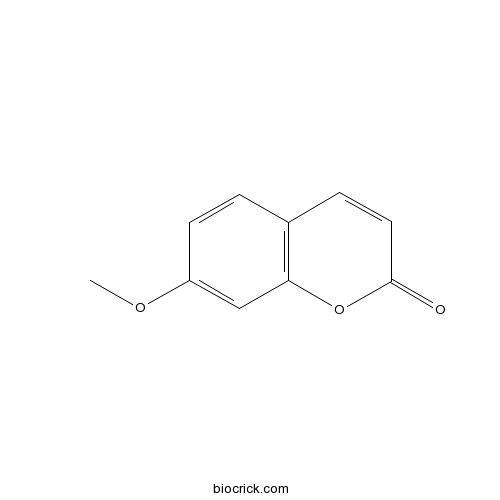
-
BCN5716
Corylin53947-92-5
Instructions

-
BCN5725
Lupeol545-47-1
Instructions

-
BCN1019
Tectorigenin548-77-6
Instructions

-
BCN5891
Daidzin552-66-9
Instructions

-
BCN5946
Liquiritigenin578-86-9
Instructions

-
BCC4109
Salicylic acid69-72-7
Instructions

De novo transcriptome assembly of Pueraria montana var. lobata and Neustanthus phaseoloides for the development of eSSR and SNP markers: narrowing the US origin(s) of the invasive kudzu.[Pubmed: 29871589]
Kudzu, Pueraria montana var. lobata, is a woody vine native to Southeast Asia that has been introduced globally for cattle forage and erosion control. The vine is highly invasive in its introduced areas, including the southeastern US. Modern molecular marker resources are limited for the species, despite its importance. Transcriptomes for P. montana var. lobata and a second phaseoloid legume taxon previously ascribed to genus Pueraria, Neustanthus phaseoloides, were generated and mined for microsatellites and single nucleotide polymorphisms.
Tolerance of subzero winter cold in kudzu (Pueraria montana var. lobata).[Pubmed: 29767812]
The use of species distribution as a climate proxy for ecological forecasting is thought to be acceptable for invasive species. Kudzu (Pueraria montana var. lobata) is an important invasive whose northern distribution appears to be limited by winter survival; however, kudzu's cold tolerance thresholds are uncertain. Here, we used biogeographic evidence to hypothesize that exposure to - 20 °C is lethal for kudzu and thus determines its northern distribution limit. We evaluated this hypothesis using survival tests and electrolyte leakage to determine relative conductivity, a measure of cell damage, on 14 populations from eastern North America. Relative conductivity above 36% was lethal. Temperatures causing this damage averaged - 19.6 °C for northern and - 14.4 °C for southern populations, indicating kudzu acclimates to winter cold. To assess this, we measured relative conductivity of above- and belowground stems, and roots collected throughout the winter at a kudzu population in southern Ontario, Canada. Consistent with acclimation, the cold tolerance threshold of aboveground stems at the coldest time of year was - 26 °C, while stems insulated from cold extremes survived to - 17 °C-colder than the survival limits indicated by kudzu's biogeographic distribution. While these results do not rule out alternative cold limitations, they indicate kudzu can survive winters north of its current distribution. For kudzu, biogeography is not a proxy for climatic tolerance and continued northward migration is possible. Efforts to limit its spread are therefore prudent. These results demonstrate that physiological constraints inform predictions of climate-related changes in species distribution and should be considered where possible.
Metabolomics-based evidence of the hypoglycemic effect of Ge-Gen-Jiao-Tai-Wan in type 2 diabetic rats via UHPLC-QTOF/MS analysis.[Pubmed: 29580854]
Ge-Gen-Jiao-Tai-Wan (GGJTW) formula, derived from traditional Chinese herbal medicine, is composed of Pueraria montana var. lobata (Willd.) Sanjappa & Pradeep (Ge-Gen in Chinese), Coptis chinensis Franch (Huang-Lian), and Cinnamomum cassia (L.) J. Presl (Rou-Gui). GGJTW is used for treatment of diabetes in China, reflecting the potent hypoglycemic effect of its ingredients. However, little is known of the hypoglycemic effect of GGJTW and the underlying metabolic mechanism.
Three new isoflavones from the Pueraria montana var. lobata (Willd.) and their bioactivities.[Pubmed: 29022354]
None
High degree of clonal reproduction and lack of large-scale geographic patterning mark the introduced range of the invasive vine, kudzu (Pueraria montana var. lobata), in North America.[Pubmed: 27555435]
Pueraria montana var. lobata, or kudzu, is an invasive species whose invasion in North America is not genetically well characterized. The clonality of kudzu introduces challenges to population genetic analyses that can bias the assessment of spatial patterns of genotypes. Assessing patterns of genetic diversity while considering clonality is necessary to understand the invasion and spread of kudzu in its invasive range.
Parsing polyphyletic Pueraria: Delimiting distinct evolutionary lineages through phylogeny.[Pubmed: 27495827]
Several taxonomic and phylogenetic studies have hypothesized polyphyly within Pueraria DC., a genus comprising 19 species (24 with varieties) including the highly invasive Pueraria montana var. lobata (Kudzu) introduced to the U.S.A. about 150years ago. Previous efforts to investigate monophyly of the genus have been hampered by limited taxon sampling or a lack of comprehensive evolutionary context that would enable definitive taxonomic associations. This work presents a comprehensive phylogenetic investigation of Pueraria within the context of tribe Phaseoleae (Leguminosae). Polyphyly was found to be more extensive than previously thought, with five distinct lineages spread across the tribe and spanning over 25mya of divergence strongly supported by two chloroplast and one nuclear marker, AS2, presented here as a phylogenetic marker for the first time. Our phylogenies support taxonomic revisions to rectify polyphyly within Pueraria, including the resurrection of Neustanthus, moving one species to Teyleria, and the creation of two new genera, Haymondia and Toxicopueraria (taxonomic revisions published elsewhere).
Prediction of the Passive Intestinal Absorption of Medicinal Plant Extract Constituents with the Parallel Artificial Membrane Permeability Assay (PAMPA).[Pubmed: 26872320]
At the early drug discovery stage, the high-throughput parallel artificial membrane permeability assay is one of the most frequently used in vitro models to predict transcellular passive absorption. While thousands of new chemical entities have been screened with the parallel artificial membrane permeability assay, in general, permeation properties of natural products have been scarcely evaluated. In this study, the parallel artificial membrane permeability assay through a hexadecane membrane was used to predict the passive intestinal absorption of a representative set of frequently occurring natural products. Since natural products are usually ingested for medicinal use as components of complex extracts in traditional herbal preparations or as phytopharmaceuticals, the applicability of such an assay to study the constituents directly in medicinal crude plant extracts was further investigated. Three representative crude plant extracts with different natural product compositions were chosen for this study. The first extract was composed of furanocoumarins (Angelica archangelica), the second extract included alkaloids (Waltheria indica), and the third extract contained flavonoid glycosides (Pueraria montana var. lobata). For each medicinal plant, the effective passive permeability values Pe (cm/s) of the main natural products of interest were rapidly calculated thanks to a generic ultrahigh-pressure liquid chromatography-UV detection method and because Pe calculations do not require knowing precisely the concentration of each natural product within the extracts. The original parallel artificial membrane permeability assay through a hexadecane membrane was found to keep its predictive power when applied to constituents directly in crude plant extracts provided that higher quantities of the extract were initially loaded in the assay in order to ensure suitable detection of the individual constituents of the extracts. Such an approach is thus valuable for the high-throughput, cost-effective, and early evaluation of passive intestinal absorption of active principles in medicinal plants. In phytochemical studies, obtaining effective passive permeability values of pharmacologically active natural products is important to predict if natural products showing interesting activities in vitro may have a chance to reach their target in vivo.


